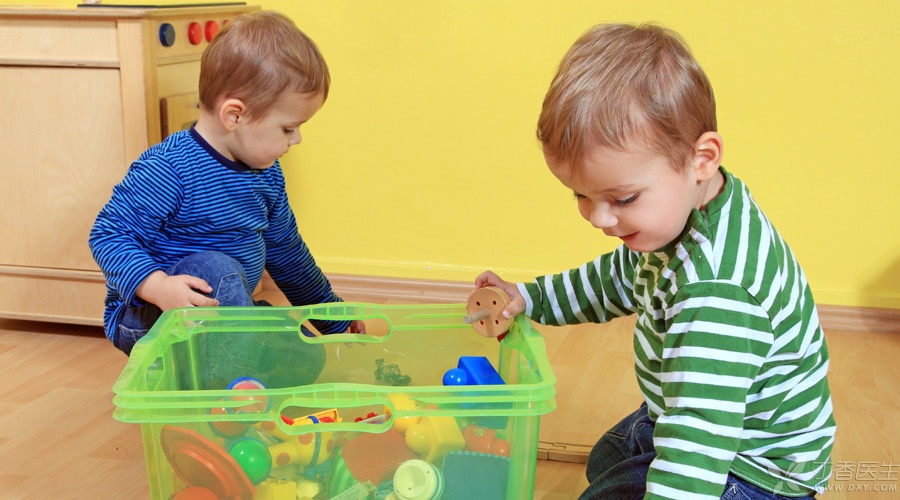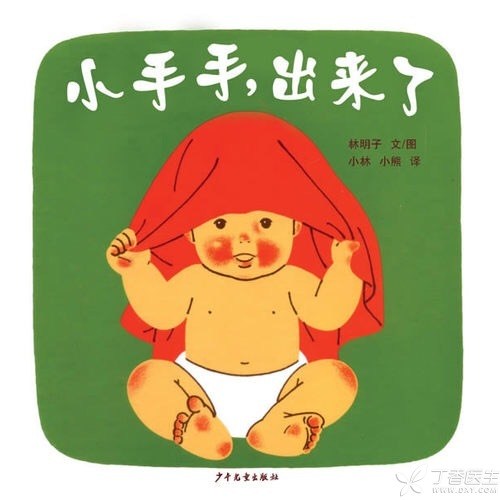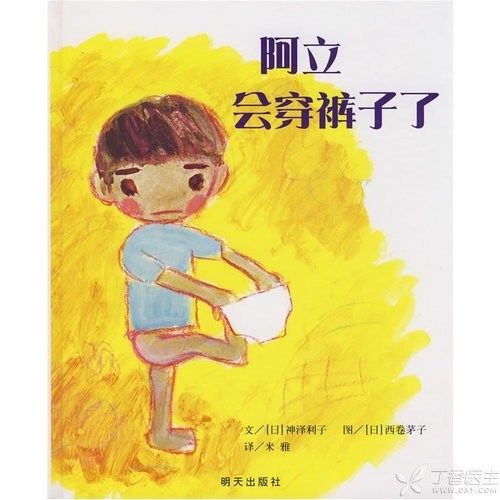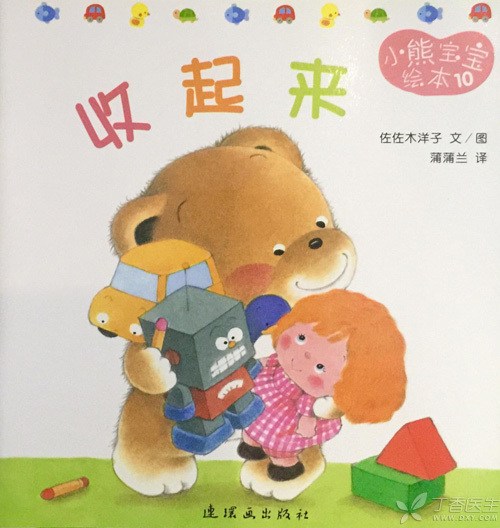
As the baby grows up day by day, parents or caregivers can no longer do everything.
If you think the baby is still young, clothes should be put on his body, shoes should be put on his feet, food should be fed to his mouth, toys scattered all over the floor should be tidied up for him… that is that you look down on the little ones in your home!
Doing everything on behalf of the baby is actually depriving the baby of the opportunity to develop himself.
There is a saying you must have heard: teaching people to fish is not as good as teaching people to fish. It means teaching people knowledge is not as good as teaching people ways to learn knowledge. Sometimes, the same is true for raising children.
In the process of children’s growth, the parents who do all the children’s affairs one by one and do everything on their behalf are actually the laziest parents-what should the industrious parents do?
At every stage of a child’s growth, he actively undertakes the task of disciplining the child, timely trains the child’s self-care ability, starts from small things and small details, bit by bit, so that the child can learn to [do his own things].
How to train and cultivate children’s self-care ability?
The most important [weapon] is actually the patient guidance of parents. In the process of patient guidance, you can also use one good tool, that is picture books!
First Article: Picture Book Recommendation
Every time I see that children now have so many picture books to read, Ding Ma wishes to go back in time and have another childhood.
This issue recommends several picture books on self-care to parents, hoping to help parents better guide their babies to dress, wear pants, tidy up toys, etc., so that children can form good self-care habits from an early age and learn to do their own things.

Teach children to wear clothes-< < small hands, come out > >
Adaptation age: 1 ~ 2 years old
Have soup with < <! Wipe > > Similarly, this is one of the series of “Picture Books on the Growth of Young Children”.
The book uses simple plots and pictures to tell the baby the steps of dressing, to help the baby contact with real life scenes and learn to dress himself, and at the same time to help parents teach their children to know their own bodies.

Wear your own pants: < < Ali will wear pants > >
Adaptation age: 1 ~ 2 years old
This is an interesting story. Little boy Ali can’t wear pants. He fell because one foot was wearing pants and the other foot couldn’t stand on its own.
So he simply ran outside naked, but was laughed at by different small animals.
Later, he saw the white crane standing on one foot and learned that the white crane wanted to be independent on one foot. As a result, he fell down again and soiled his ass.
When he got home, his mother washed Ali’s buttocks. Ali found that he could put on underpants when lying down. He thought, “You can put on pants in this way!”
This time, Ali really succeeded.

Sorting out Toys by Yourself: Pack Up the Picture Books of Baby Bear
This is one of the series of picture books of Baby Bear. It is small in size, very thin and simple in plot.
When the bear finished playing with the toys, he wanted to go away, and the toys cried! So the bear promised to send them home.
There are a lot of repetitive language in it [put it away when you have enough fun] [put it away when you have enough fun] [put it away when you have enough fun]… help children finish the task better.
How do you read picture books?
Cultivating children’s self-care ability is not a matter of two days a day. It is a long topic that accompanies children’s growth.
Training children to dress, eat and tidy up toys does not work once or twice. In this process, parents absolutely need 12 points of patience.
At the same time, don’t underestimate the role of picture books.
Make full use of picture books to enjoy the wonderful time for parents and children to read together, to cultivate children’s reading habits from an early age, and to guide children to form good behaviors and habits. There are many benefits to reading picture books with children, why not?
Next, I will take this issue of the self-care theme picture book as an example to talk about the tips for parents and children to read picture books together:
1. Summarize the steps from the picture book
Picture books often have pictures that attract babies. Except for < < small hands, come out > > these picture books suitable for low-income children, most picture books have plots.
A picture book will tell a complete story with pictures and a small number of words. Whether it is colorful pictures or wonderful story lines, it can attract children’s attention very well. Children can easily remember the characters in the picture book and some repetitive language.
Therefore, when parents read picture books on self-care with their children, they should extract the decomposition steps of a behavior habit in simple language. In the process of reading picture books, they should constantly emphasize and repeat them to help children deepen their memory.
For example, < < small hands, come out > >, is to guide children to dress themselves, in fact, the book has already summarized the steps, the language is repetitive:
–[Little hands, where are they? ]
-[Little hands, come out! ]
–[Little Head, where is it? ]
-[Little Head, Come Out! ]
–[Little Face Bag, where is it? ]
-[Little Face Bag, Coming Out! ]
-[There is also a small hand. Where is it? ]
Here it is! ]
When the child became familiar with the story, when the child was wearing clothes, the parents put the clothes on the child’s head and then asked, “Where is the little head?” ] While helping the child pull down his clothes, he said in a surprised tone: “Little head, it’s coming out!” ]
With the basis of reading picture books together, children will consciously pull clothes, and then parents will say, “Little hands, come out!” The child will cooperate and put his hand into the sleeve.
Step 2 Demonstrate hand in hand
Children are born to be good at imitation, so the most effective way to teach children to learn self-care behavior is for parents to demonstrate in person so that children can learn imitation through observation.
Next, let the child imitate your movements, with the parents on the side and guiding them hand in hand.
For example, after seeing < < Ali will wear pants > >, you can sum up the steps of wearing pants: first lie on the bed, put one foot into a hole, then put the other foot into another hole, then pull the pants to stand up and lift the pants to put on.
When teaching the child to wear pants, the parents themselves can demonstrate one by one according to the decomposition actions, while demonstrating, while explaining in the familiar [picture book language] of the child.
Let the child imitate your movements when you come down, and the parents will prompt you while assisting you.
3. Learning in Practice and Encouraging Progress in
The secret of learning to do something is to practice more.
Picture books should be read repeatedly and skills should be practiced repeatedly. Children cannot learn to wear clothes and tidy up toys twice at a time. Parents must be patient. Children cannot learn twice at a time, three times, four times and ten times if they cannot learn twice.
If the child makes progress slowly or finally gets a new skill, parents must give the child specific encouragement, such as [baby has put it all together, it’s really awesome], instead of [baby is really awesome].
